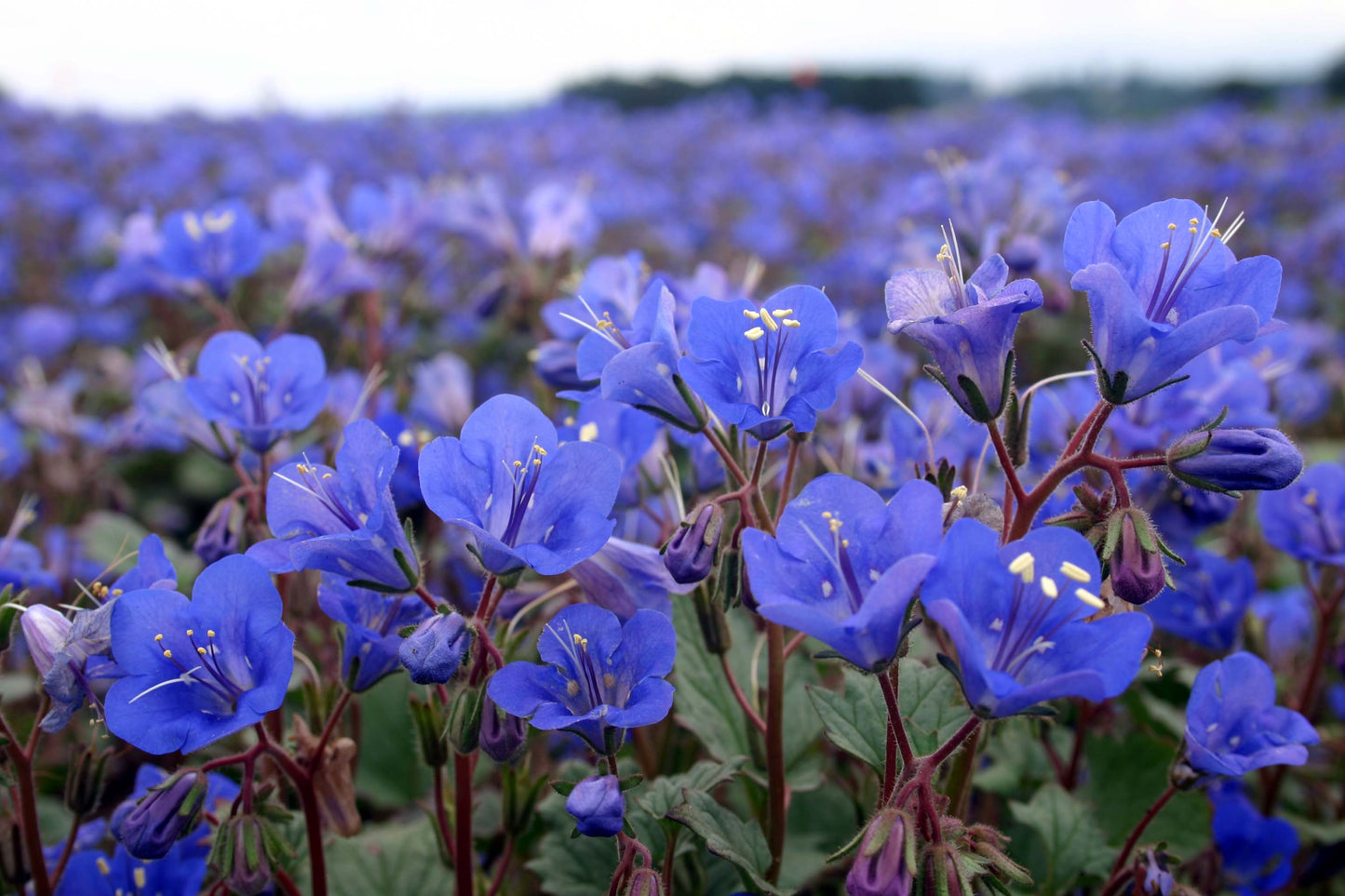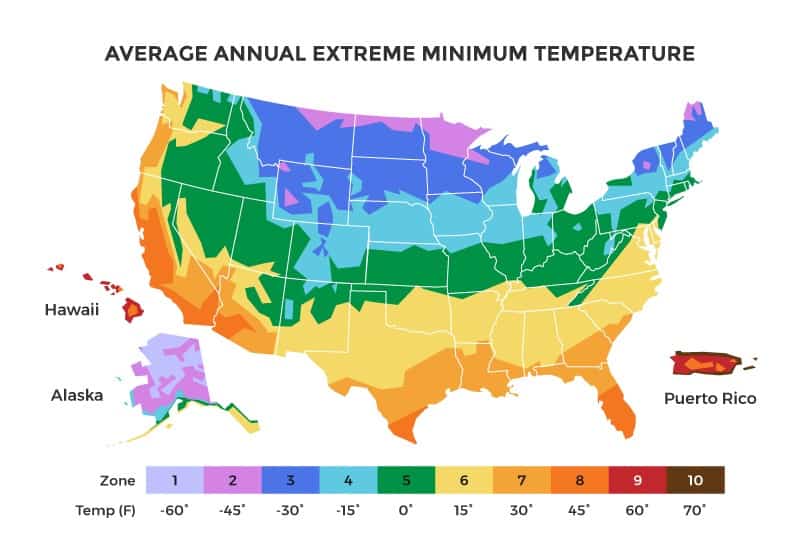
Phacelia campanularia
A desert native with cobalt-blue flowers, the california bluebell is easy to grow and is one of the first spring blooms. Drought-resistant and adaptable to all types of growing conditions.
Type: Annual
Sun: Full
Planting Depth: 1/8”
Spacing: Broadcast
Water:Low
Days to Maturity/Bloom: 40-60 days
Height: 8-20”
Zones: 3-10
Planting Instructions
Type: AnnualSun: Full
Planting Depth: 1/8”
Spacing: Broadcast
Water:Low
Days to Maturity/Bloom: 40-60 days
Height: 8-20”
Zones: 3-10
In areas that experience winter or frosts, plant wildflowers in the spring, after all danger of frost has passed. Locations that do not receive frosts can plant wildflowers anytime.
Sow seeds in fields, gardens, lawns, and meadows. Cleared, open spaces will grow more flowers.
Choose a planting day that has rain in the near future, so you don't have to water them. Plant them in full sun in an area that has good drainage. Scatter the seeds broadly around the space. Walk over the seeds to press them into the ground. Do not bury them; they need the sun to germinate.
Keep the soil moist without being soaked until they are 4-6” high. After that, natural rain is generally sufficient.
USDA Zone Map




